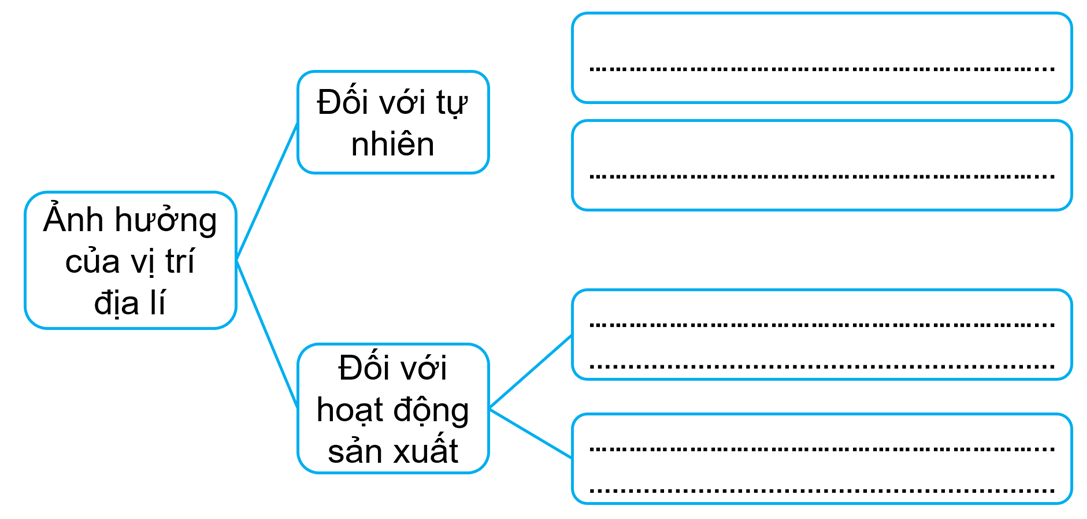What are the 1st-semester question papers and answers for 5th-grade History and Geography in the 2024–2025 academic year? What are the perspectives on developing the History and Geography curricula at the primary level in Vietnam?
What are the 1st-semester question papers and answers for 5th-grade History and Geography in the 2024–2025 academic year?
Students can refer to the following 1st-semester question papers and answers for 5th-grade History and Geography in the 2024–2025 academic year:
1st-semester question papers and answers for 5th-grade History and Geography in the 2024–2025 academic year
PART I. MULTIPLE CHOICE (6.0 POINTS)
From question number 1 to 10: students choose 01 correct answer from 4 options A, B, C, D
Question 1. The land territory of Vietnam is shaped like
A. a wide horizontally.
B. a short north-south.
C. a star.
D. an S-shaped curve.
Question 2. The national flag of the Socialist Republic of Vietnam represents
A. the independence, freedom, unity, and integrity of the country.
B. the aspiration to conquer the pinnacle of knowledge of the people.
C. a dream of a peaceful, lucky life.
D. hope for the prosperity and eternity of the nation.
Question 3. One of the characteristics of the tropical monsoon climate in Vietnam is
A. low temperature.
B. low humidity.
C. heavy rainfall.
D. unchanged wind.
Question 4. Which of the following characteristics is not true for Vietnamese rivers?
A. Dense river network.
B. Widely distributed throughout the country.
C. Many large rivers full of water year-round.
D. River water volume changes seasonally.
Question 5. Compared to the mainland territory of our country, Vietnam's sea regions are located in the
A. north, east, and northwest.
B. east, south, and southwest.
C. west, southwest, and south.
D. north, east, and south.
Question 6. The Hoang Sa team was established by Lord Nguyen in the 17th century to carry out which of the following activities on the Hoang Sa and Truong Sa islands?
A. Rescue ships and collect taxes.
B. Exploit products and exercise sovereignty.
C. Erect sovereignty markers and rescue.
D. Collect taxes and exercise sovereignty.
Question 7. Among the 54 ethnic groups living in Vietnam, which ethnic group has the largest population?
A. Tay.
B. Nung.
C. Thai.
D. Kinh.
Question 8. Which of the following indicates a positive aspect of rapid population growth?
A. Creates an abundant labor force and a large labor reserve.B. Speeds up the exploitation of natural resources.
C. The quality of life of people is challenging to improve.
D. Increases environmental pollution and resource depletion.
Question 9. In the central region of Vietnam, when did the Kingdom of Champa arise and exist?
A. Late 2nd century to the 15th century.
B. 2nd century BC to the 10th century.
C. 10th century to the 19th century.
D. 7th century BC to the 2nd century BC.
Question 10. Champa towers are architectural structures
A. that are religiously significant in the material life of the Cham people.
B. that are residentially significant in the spiritual life of the Cham people.
C. that are religiously insignificant in the spiritual life of the Cham people.
D. that are religiously significant in the spiritual life of the Cham people.
Question 11. Read the information and mark true (T) or false (F) in the boxes before each of the following statements:
Information. Numerous archaeological artifacts such as stone steles inscribed in Sanskrit, Vishnu statues, Buddha statues, and wooden or brick construction remnants found in the Southern Region confirm the emergence and existence of the Funan Kingdom.
□ Numerous archaeological artifacts found in the Southern Region confirm the emergence and existence of the Funan Kingdom. T
□ Funanese residents were known to have created a script that was widely used. F
□ Several wooden or brick construction remnants of Funan residents were found in the Southern Region. T
□ Many archaeological remnants show that Funanese residents adopted Indian culture.
PART II. SCRIPT (6.0 POINTS)
Question 1 (2.0 points): Complete the following diagram on how geographical location affects the nature and production activities of our country.
Question 2 (2.0 points):
a) Describe the formation of the Van Lang State and the Au Lac State.
b) Name some legends or stories related to the Van Lang State and the Au Lac State that you know.
*Note: Information is for reference only./.

What are the 1st-semester question papers and answers for 5th-grade History and Geography in the 2024–2025 academic year? What are the perspectives on developing the History and Geography curricula at the primary level in Vietnam? (Image from the Internet)
What are the perspectives on developing the History and Geography curricula at the primary level in Vietnam?
Under Section II of the General education program for History and Geography at the primary level promulgated with Circular 32/2018/TT-BGDDT, the perspectives on developing the History and Geography curricula at the primary level in Vietnam are as follows:
The History and Geography curricula at the primary level adhere to the provisions in the overall program while emphasizing several points of view:
(1) The curriculum aims to develop scientific thinking in students, allowing them to view the world as an integrated whole in both spatial and temporal dimensions based on fundamental knowledge and learning tools for researching history and geography; thereby, forming and developing specific abilities along with general competencies, especially the ability to apply knowledge and skills in practice and creativity.
(2) The curriculum inherits and promotes the strengths of the History and Geography subjects in the current general education curriculum and absorbs the experience of subject curriculum development from advanced countries. The subject content ensures equipping students with foundational, comprehensive, and scientific general knowledge; suitable for the psychological and cognitive characteristics of students, taking into account the teaching conditions in Vietnamese schools.
(3) The historical education content is designed chronologically, from prehistoric times through ancient, medieval to modern and contemporary times; in each period, there's an interleaving of world history, regional history, and Vietnamese history. The geography education content flows from general geography to regional geography and Vietnamese geography. It emphasizes selecting themes, connecting knowledge and skills to form and develop competencies in students while valuing the distinctive features of historical and geographical sciences.
(4) The curriculum emphasizes the application of active educational methods, highlighting the use of varied teaching aids and diversifying teaching and assessment methods to form and develop qualities and competencies in students.
(5) The curriculum ensures connectivity with the primary History and Geography curriculum and the History and Geography curriculum at the upper secondary level; ensuring coherence and connectivity between classes, education levels, and subjects, as well as educational activities in the general education program.
(6) The curriculum is open, allowing flexible implementation depending on local conditions, the target student groups (students in disadvantaged areas, students with special support needs,...).
What are the minimum requirements regarding teaching equipment for History and Geography at the primary level in Vietnam?
Under section VIII of the General education program for History and Geography issued with Circular 32/2018/TT-BGDDT, the minimum requirements regarding teaching equipment for History and Geography at the primary level in Vietnam are stipulated as follows:
- Educational wall maps (of the world, regions, Vietnam) suitable for the content of each grade's curriculum and appropriate to students' cognitive characteristics;
- General natural geographical Atlases, atlases of continents, and Vietnam geographical atlases, historical map sets;
- Models of artifacts, historical paintings, photographs, recordings of historical figures’ speech, etc.;
- Natural specimens;
- Images (printed on paper, static and dynamic digital images), diagrams, sketches, video clips edited for educational purposes, appropriate for the content of each subject topic;
- Learning cards with source materials; Exercise sheets (maps, sketches, charts, diagrams);
- Ordinary tools and equipment for natural observation (compass, thermometer, hygrometer, barometer);
- Some practical and fieldwork tools;
- Digital libraries containing teaching material repositories for History and Geography;
- Educational software.
In localities with conditions, specialized subject rooms should be organized.
The primary purpose of using teaching equipment is to provide a technical facility to organize learning activities, and encourage students' proactive and creative exploration of historical and geographical knowledge.


